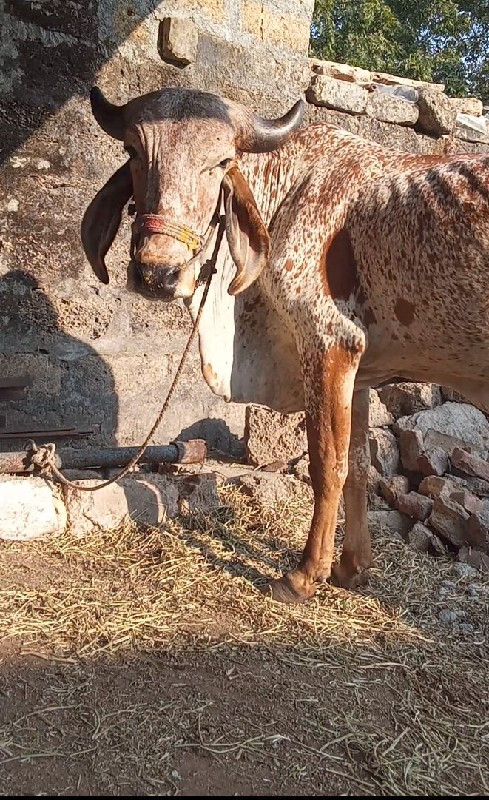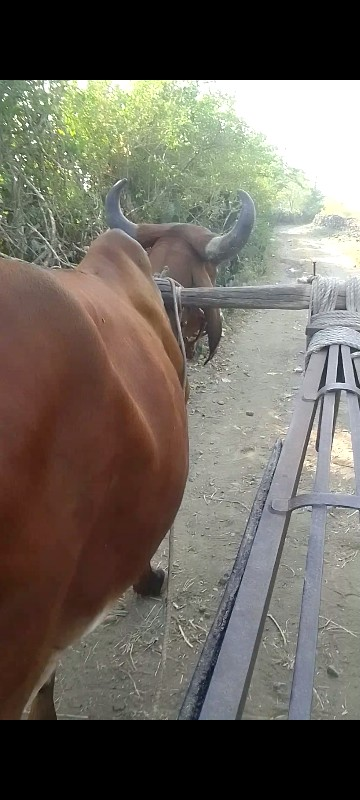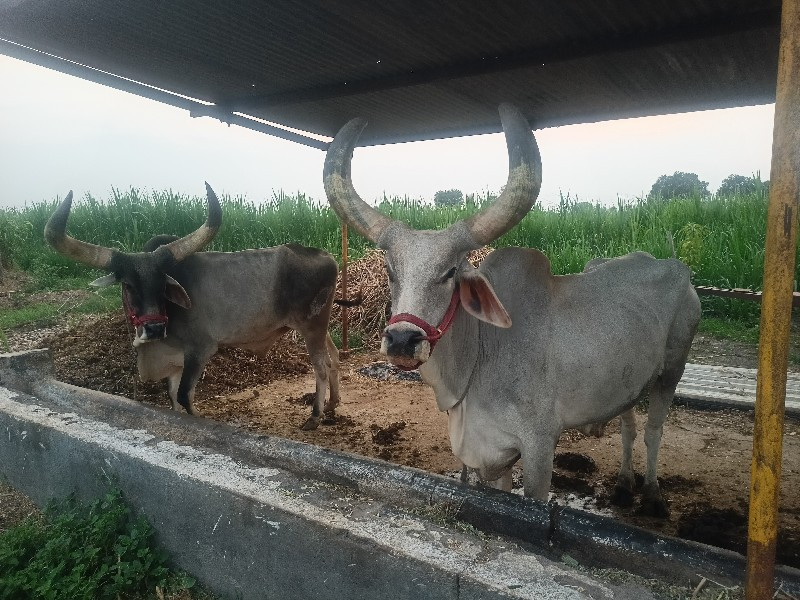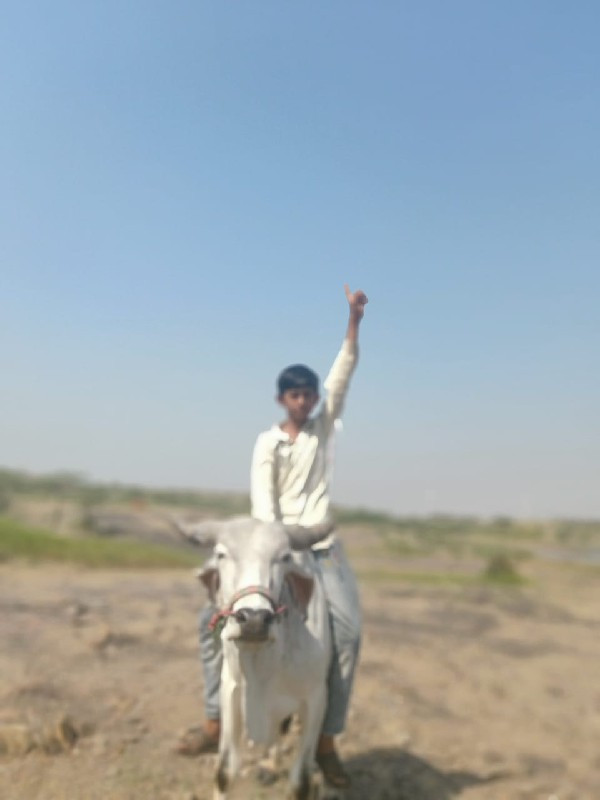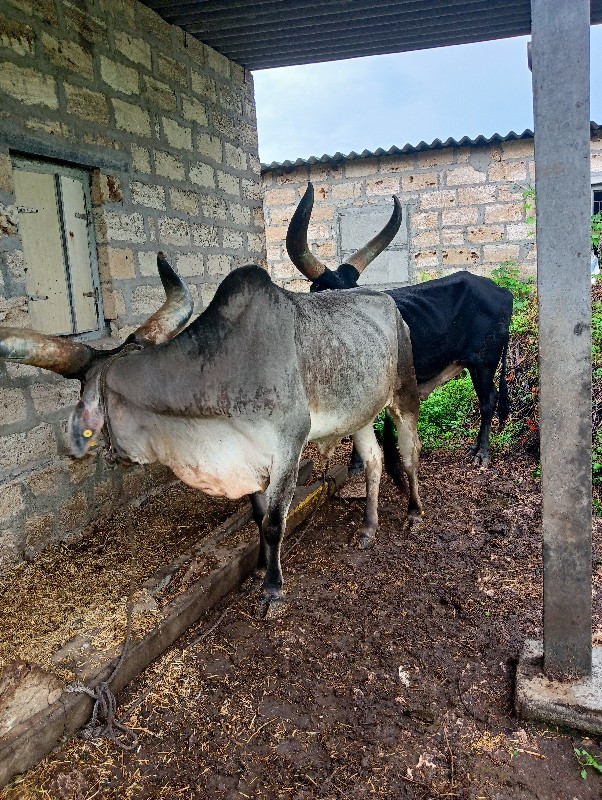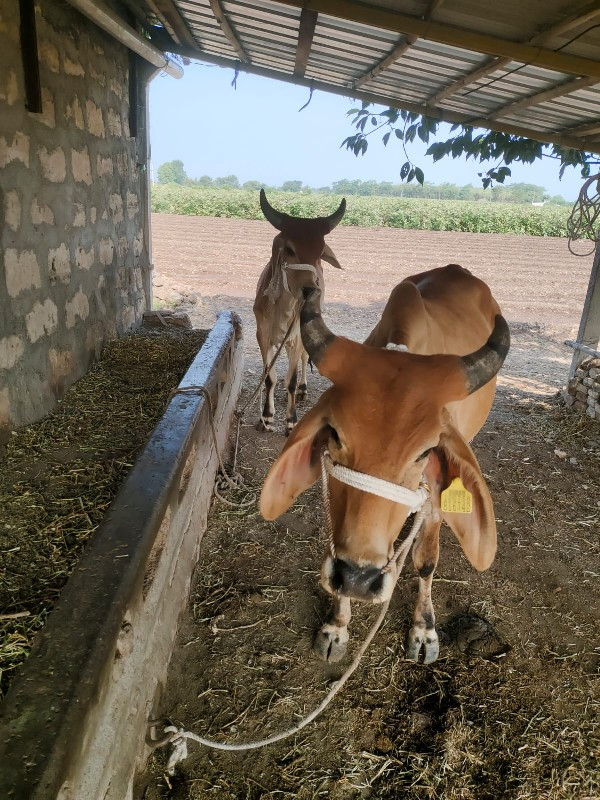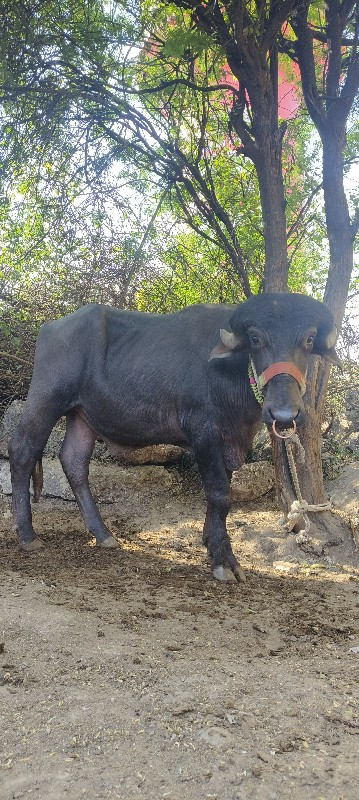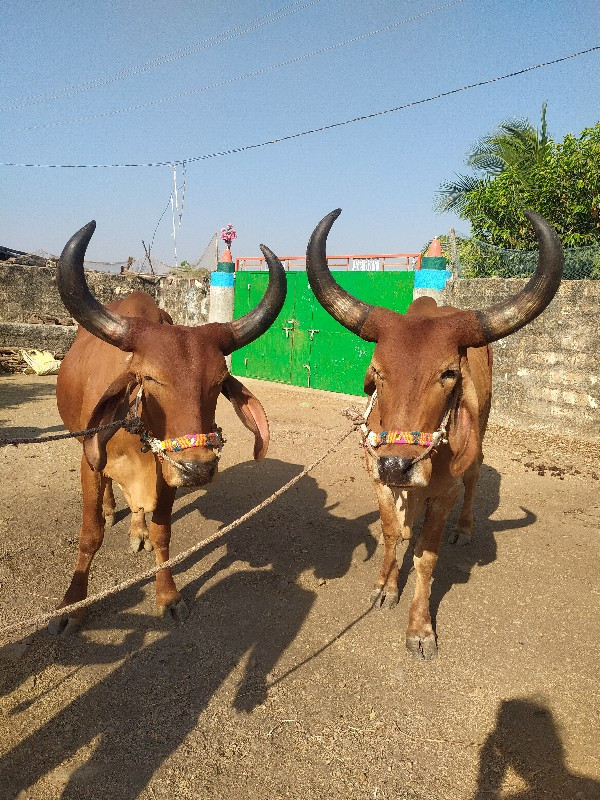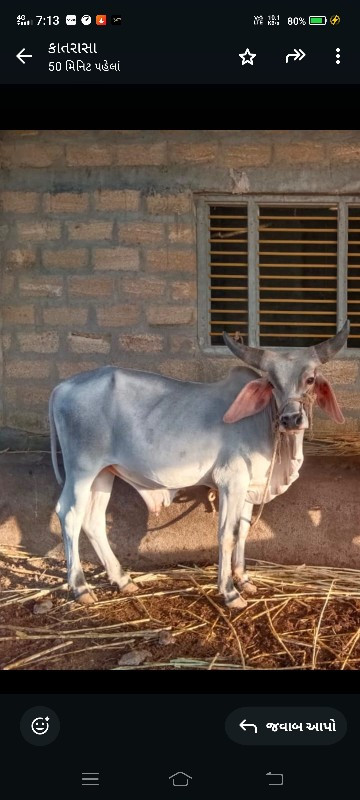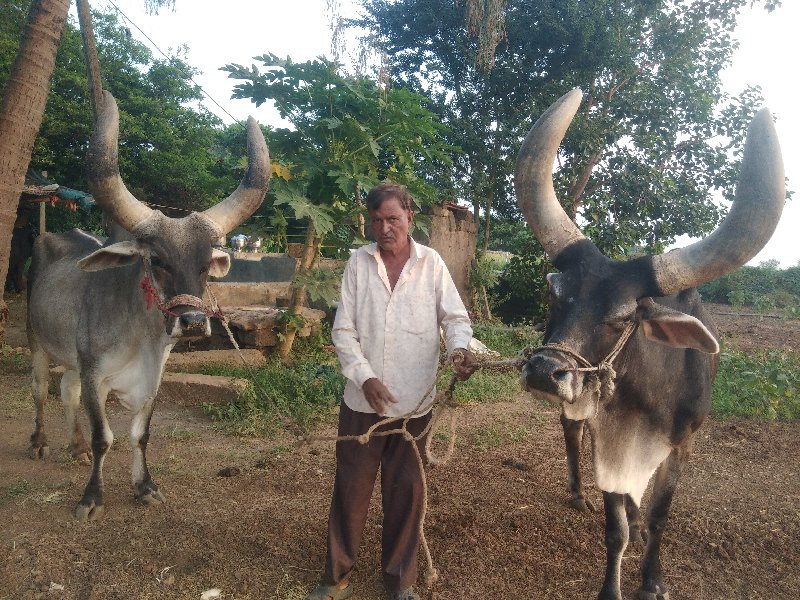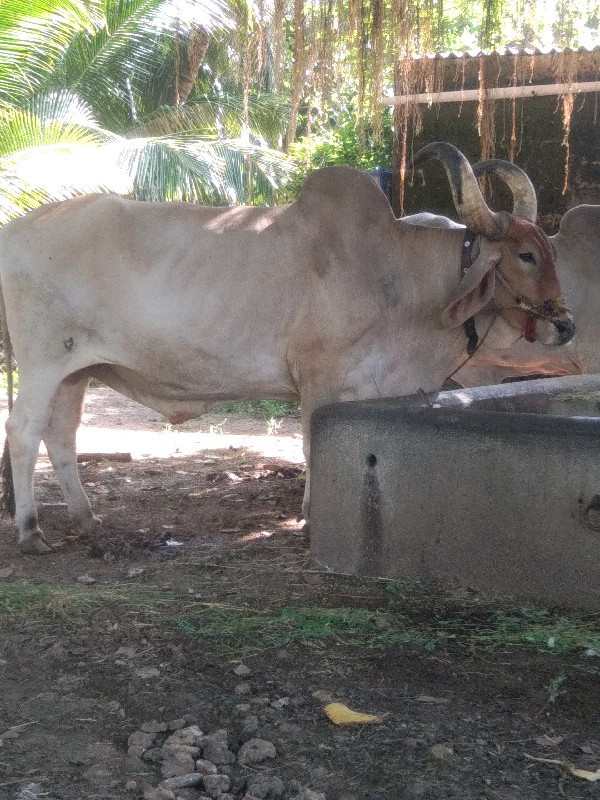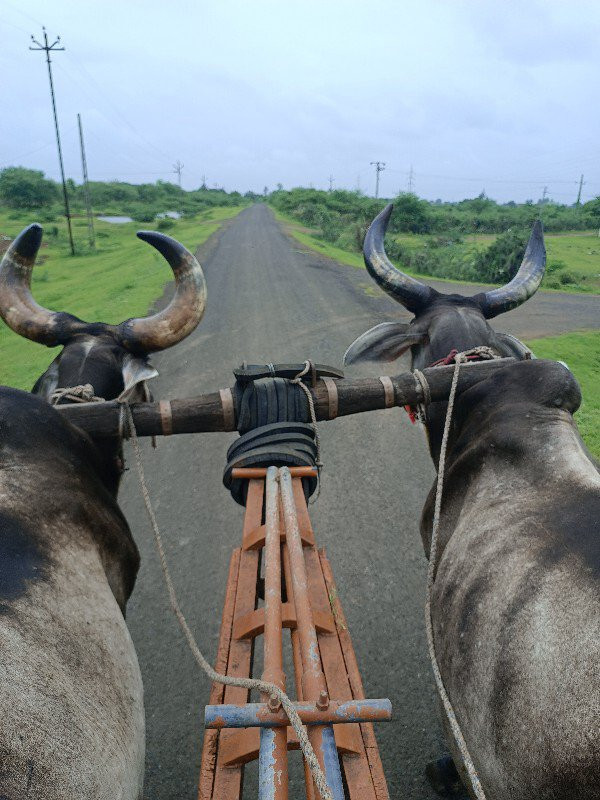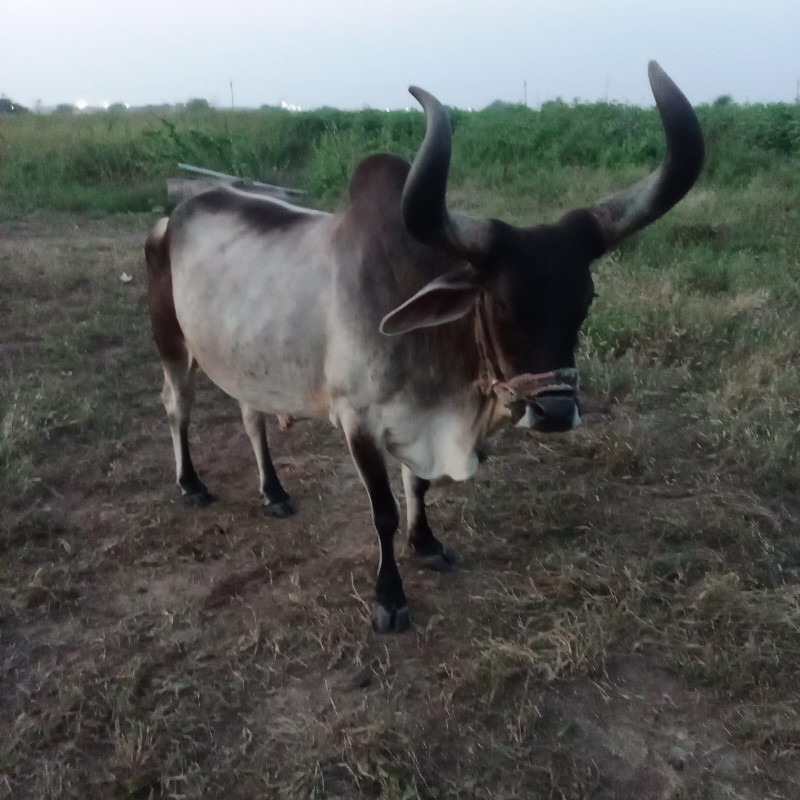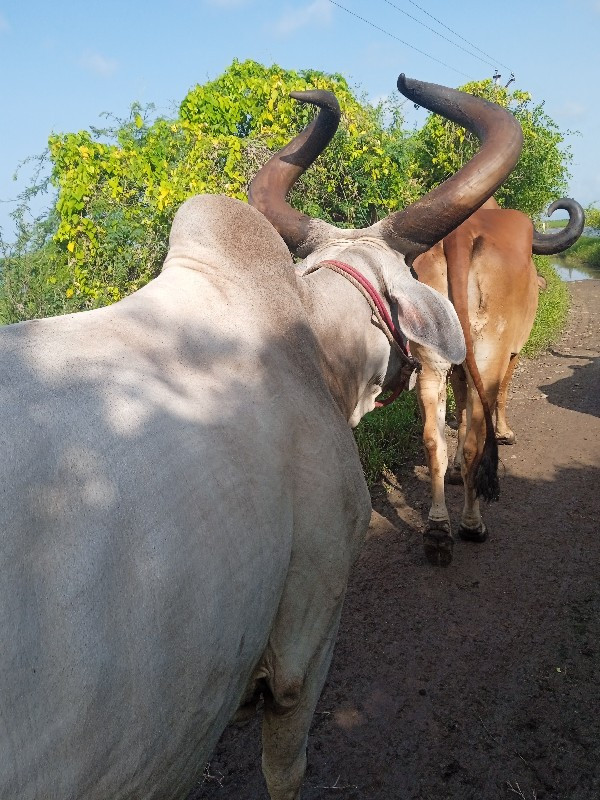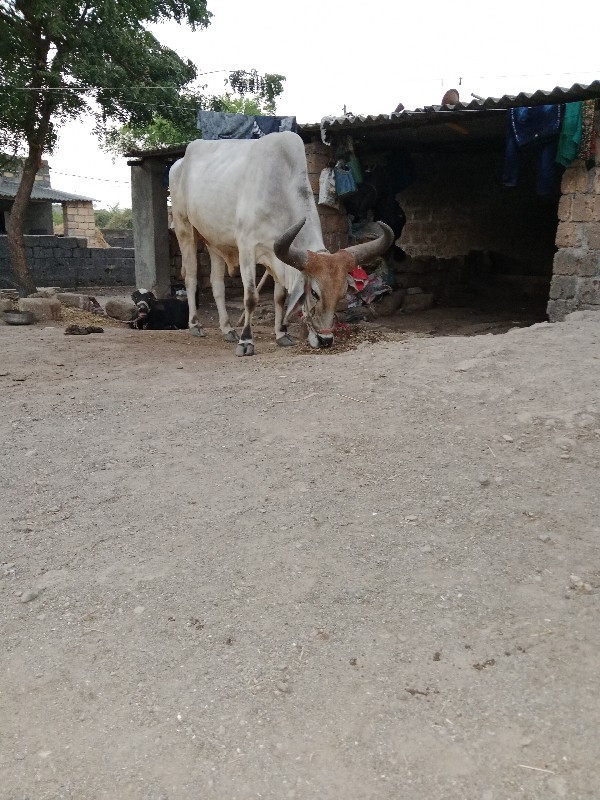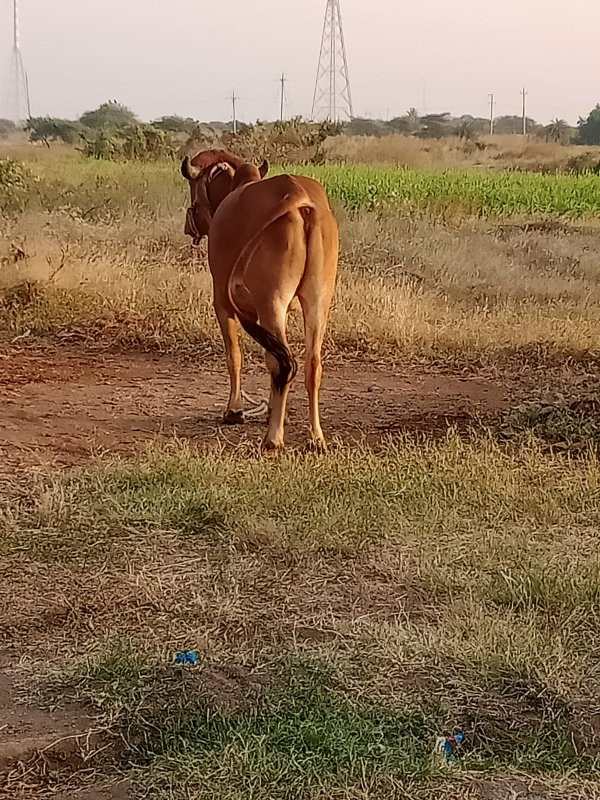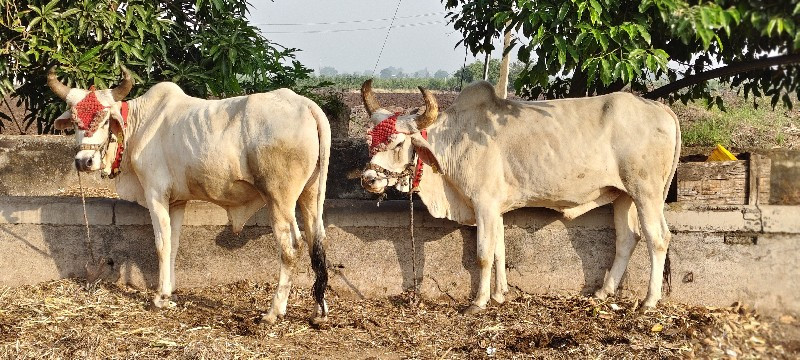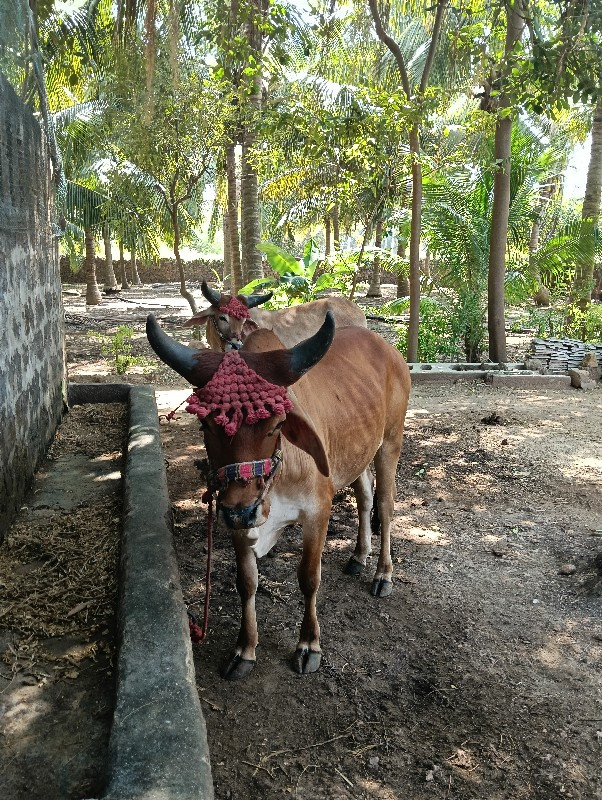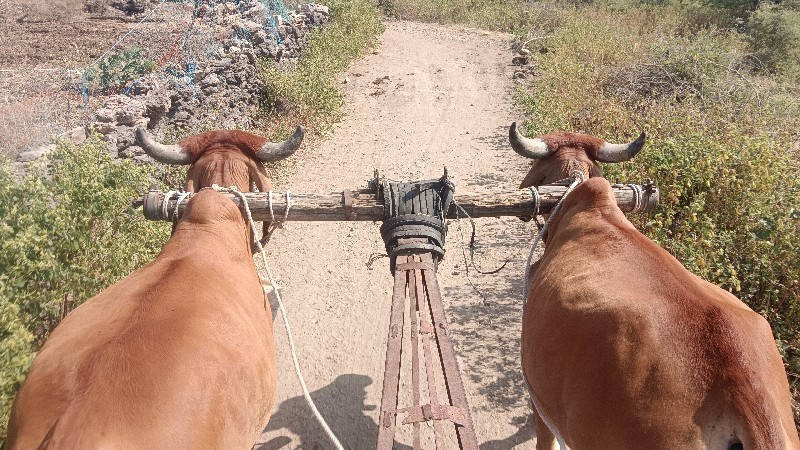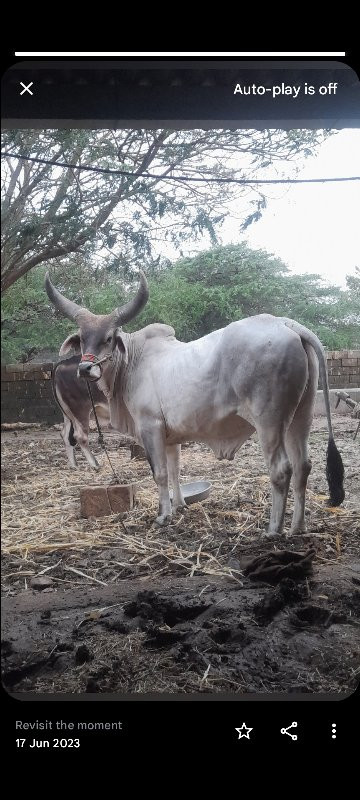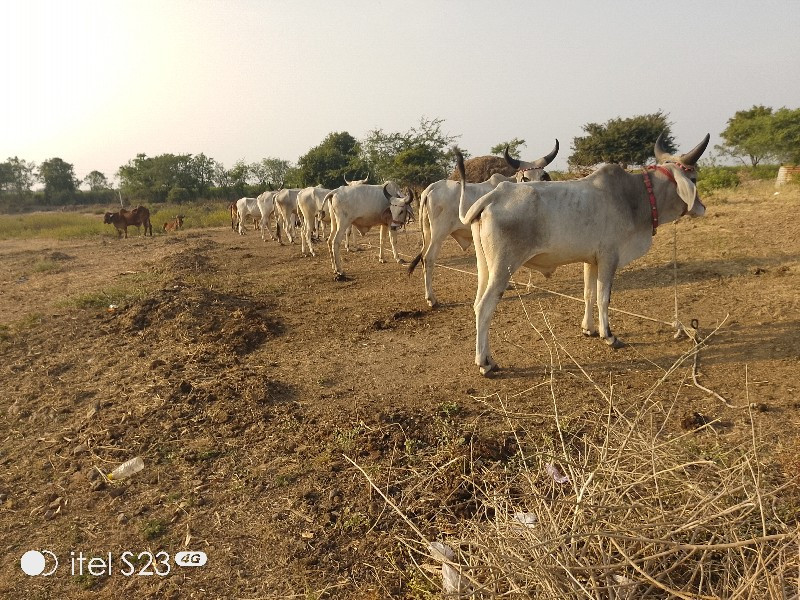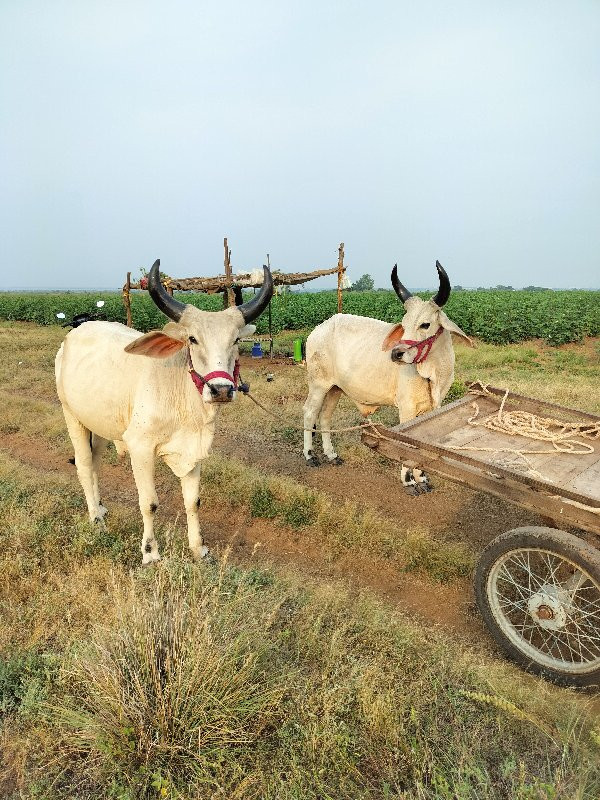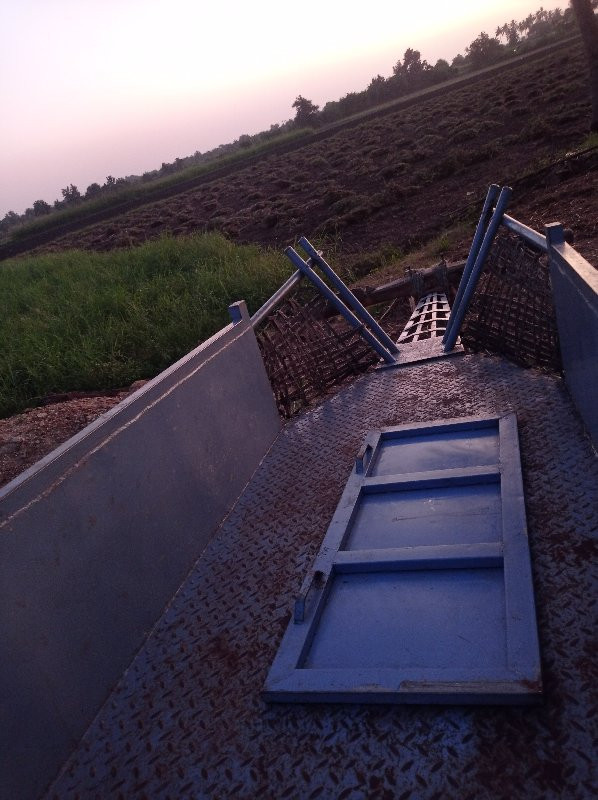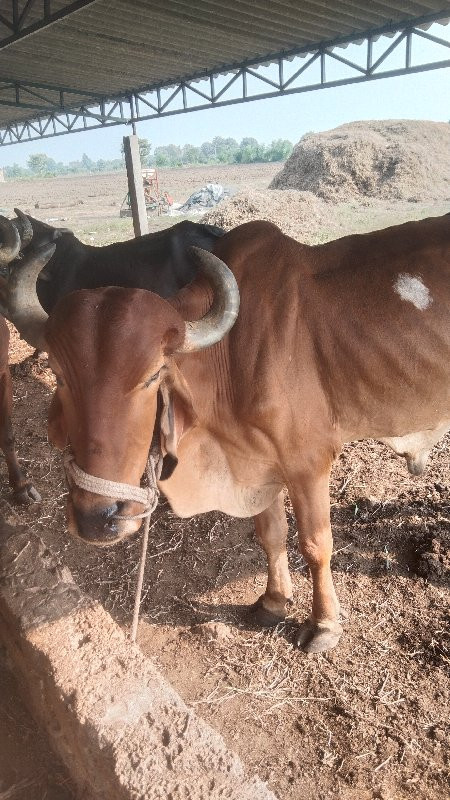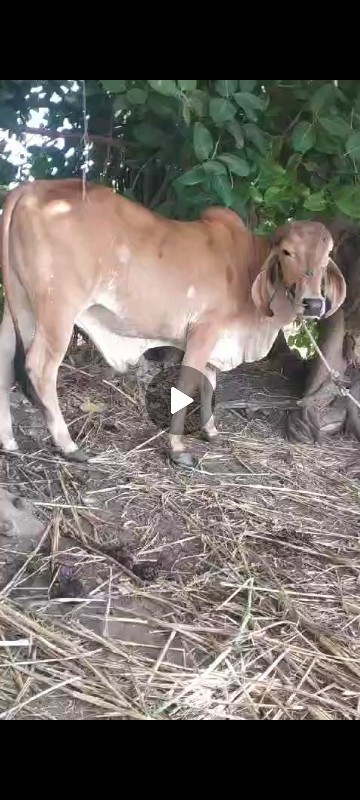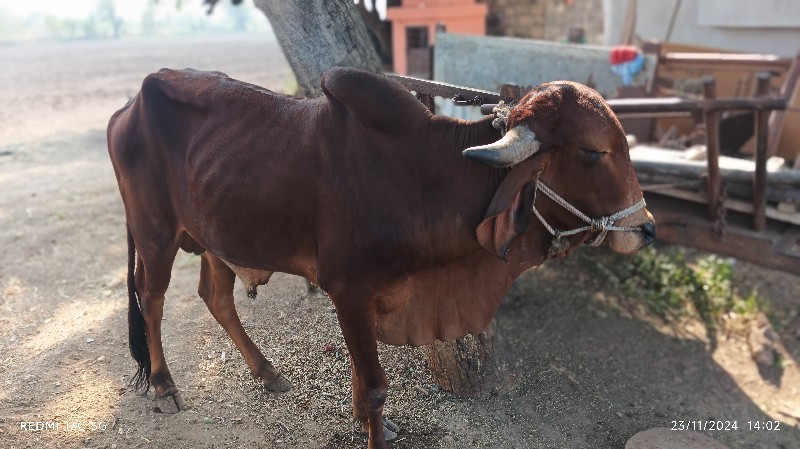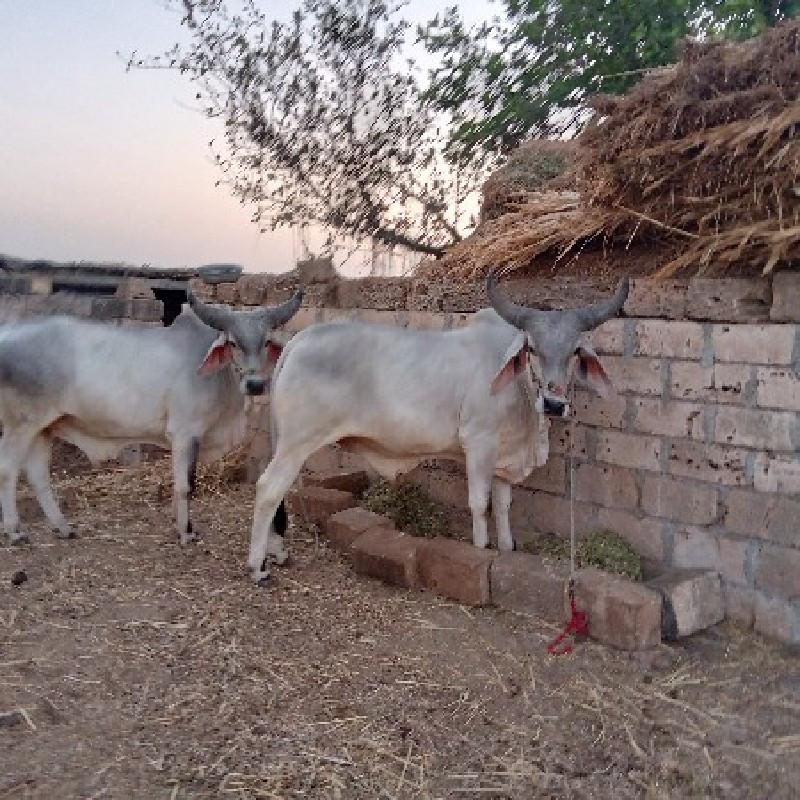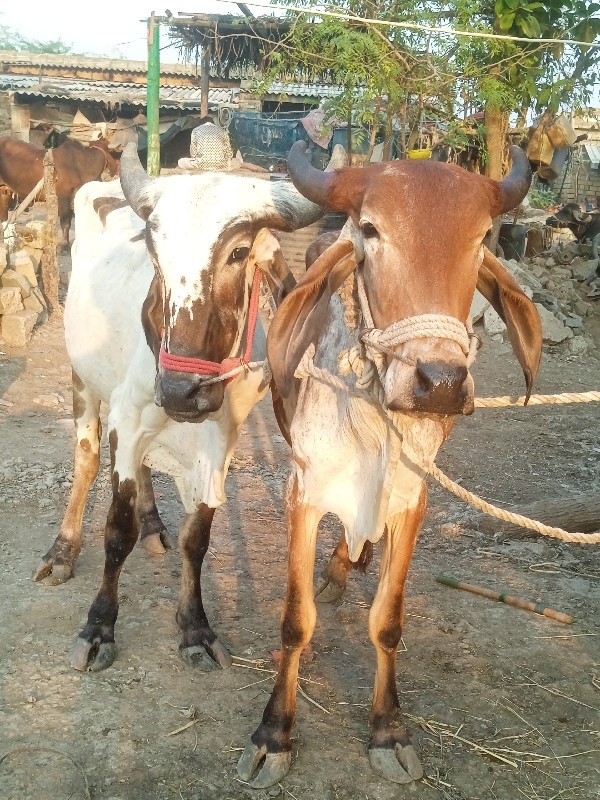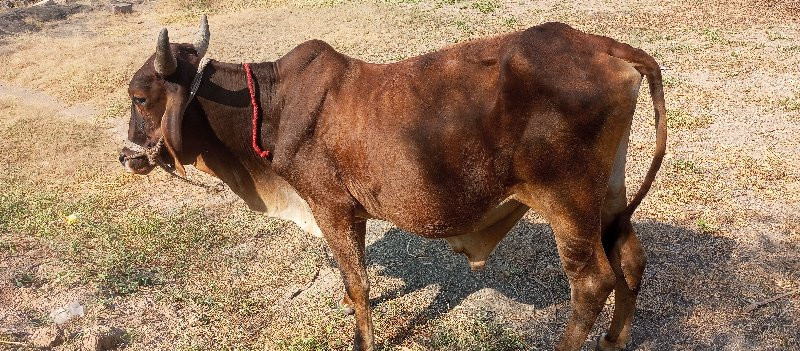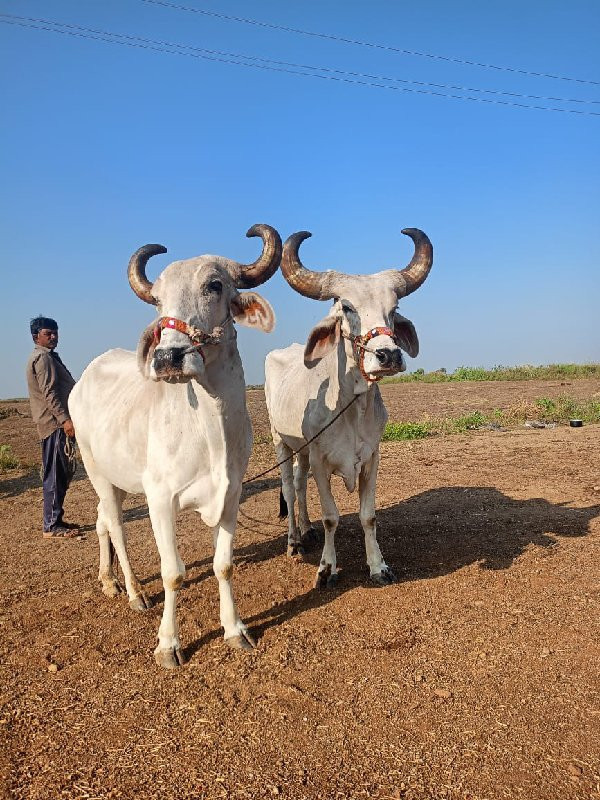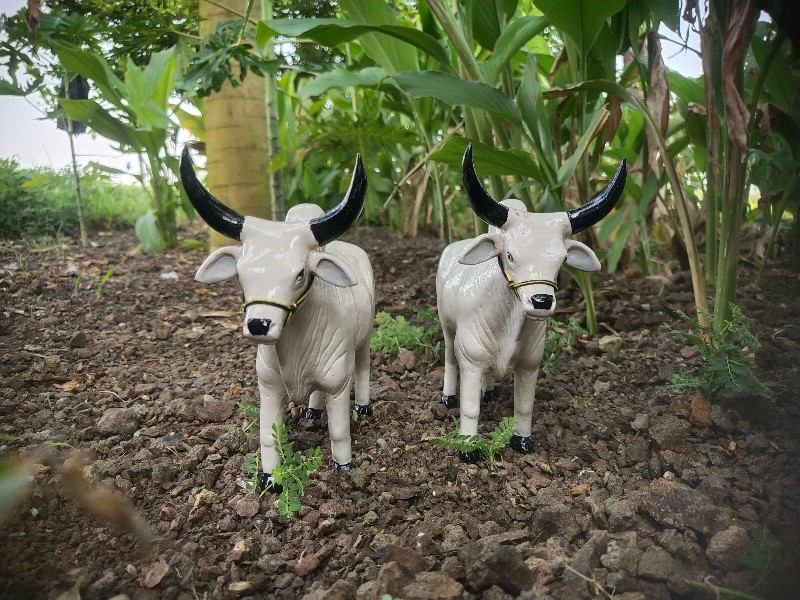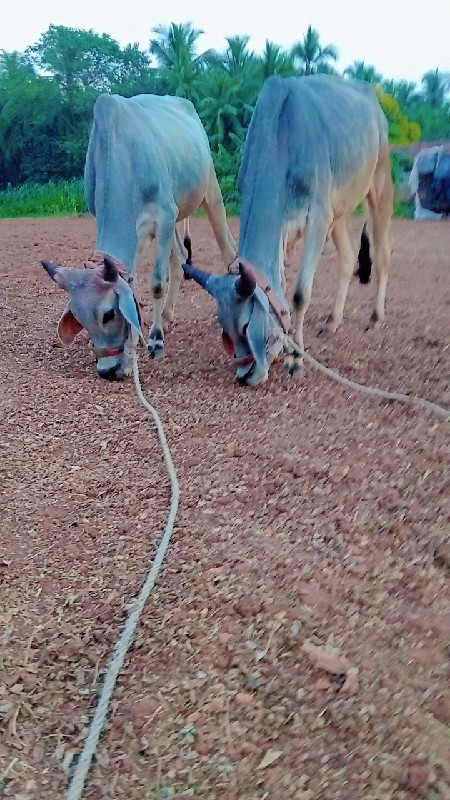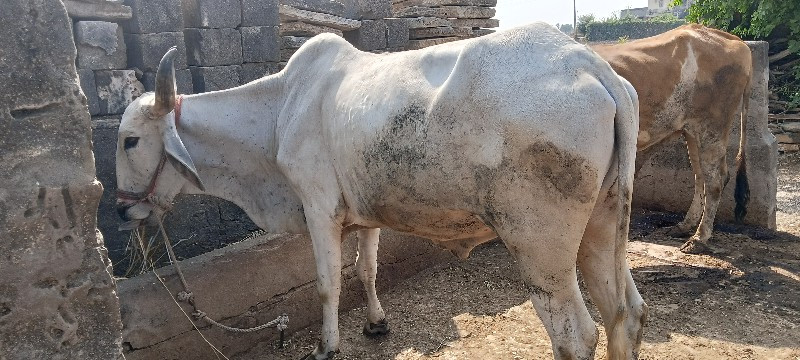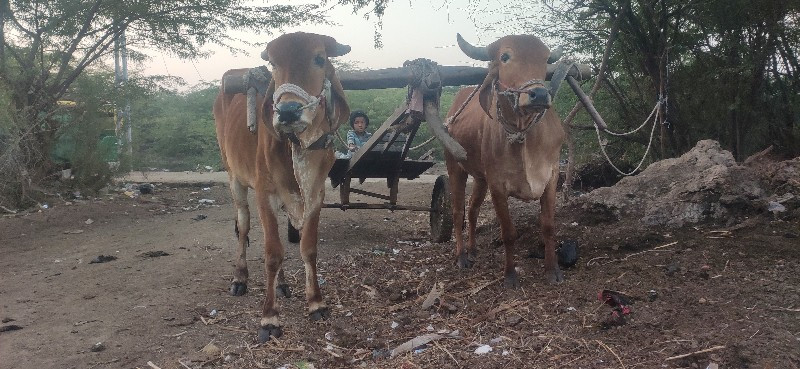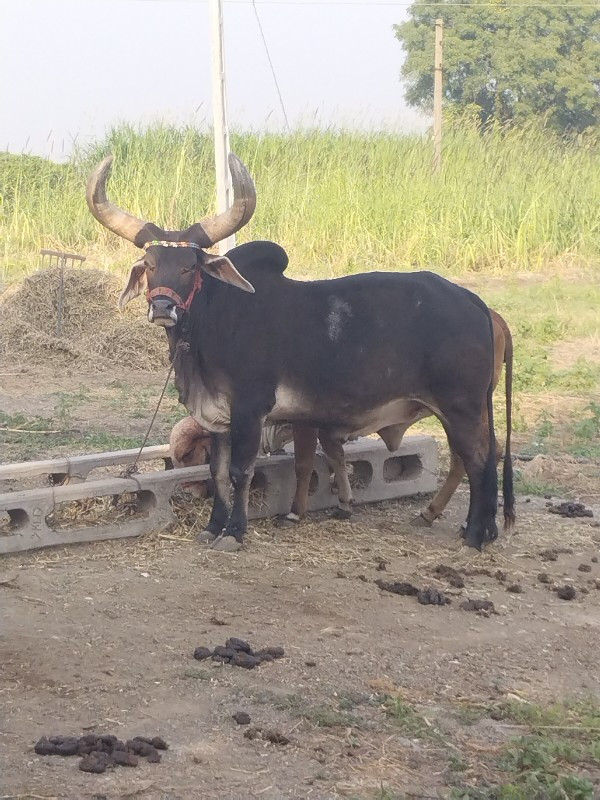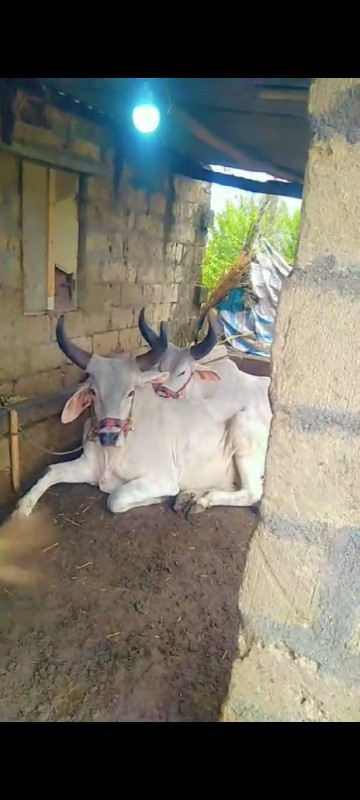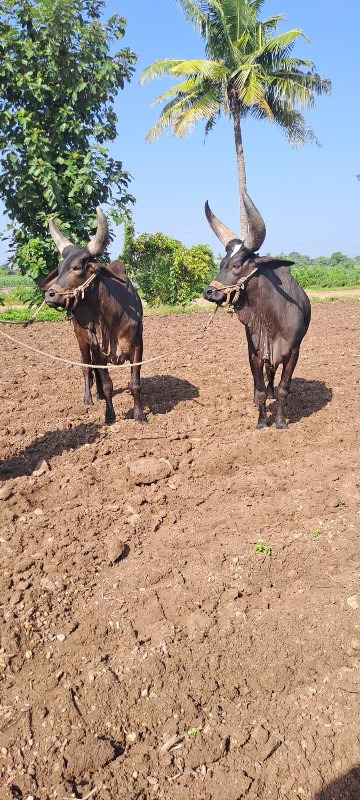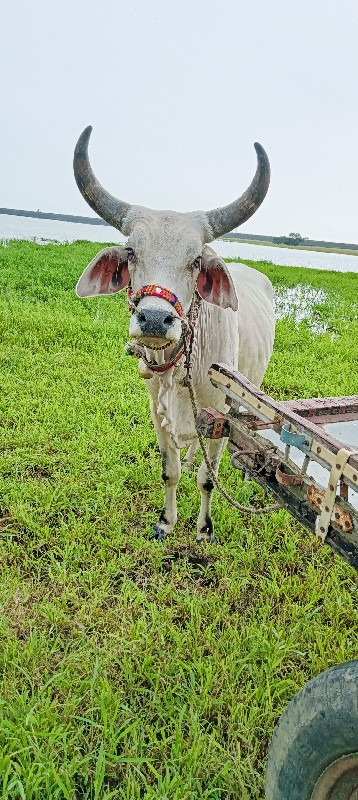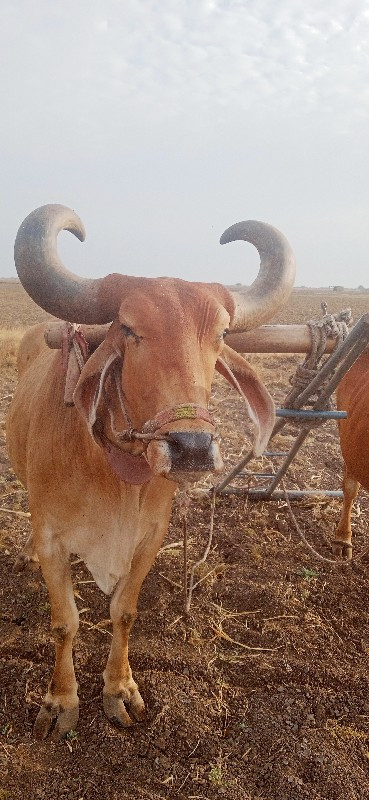
Discovering the Diverse Breeds of Indian Bulls
Bulls have been an integral part of Indian agriculture for centuries. These gentle giants are not only revered for their strength and power but also for their role in the country's culture and religion. India is home to a wide variety of bull breeds, each with its own unique characteristics and qualities. In this blog, we'll explore the diverse world of Indian bull breeds and learn about their significance in Indian agriculture.
-
Gir Bull: The Gir bull is one of the most famous and sought-after breeds of Indian cattle. This breed is known for its sturdy build and strong bones, making it a popular choice for farmers in Gujarat and other parts of the country. The Gir bull is also known for its high milk yield and is often used to produce A2 milk, which is considered to be healthier than regular milk.
-
Ongole Bull: The Ongole bull is another popular breed of Indian cattle that is known for its muscular build and endurance. This breed is predominantly found in Andhra Pradesh and is used for both agricultural work and bullfighting. The Ongole bull is also known for its high milk yield and is a popular choice among dairy farmers.
-
Kankrej Bull: The Kankrej bull is a breed of cattle that is native to the Kankrej region of Gujarat. This breed is known for its ability to withstand extreme temperatures and its resilience to disease. The Kankrej bull is also known for its high milk yield and is often used to produce ghee, a type of clarified butter that is commonly used in Indian cuisine.
-
Amrit Mahal Bull: The Amrit Mahal bull is a breed of Indian cattle that is native to the state of Karnataka. This breed is known for its strength and endurance and is often used for agricultural work such as plowing and transportation. The Amrit Mahal bull is also used in traditional Indian sports such as bull racing and is considered a symbol of cultural heritage.
-
Hallikar Bull: The Hallikar bull is a breed of cattle that is native to the state of Karnataka. This breed is known for its sturdy build and high milk yield. The Hallikar bull is also used for agricultural work such as plowing and transportation and is considered to be an important part of the region's cultural heritage.
While there are many more breeds of Indian cattle, the above five are some of the most well-known and widely used in Indian agriculture. It's important to note that each breed has its own unique characteristics and qualities, and farmers should choose the breed that is best suited to their needs.
In conclusion, Indian bull breeds play a vital role in the country's agriculture and culture. By understanding the diverse world of Indian bull breeds, farmers can make informed decisions about which breed is best suited to their needs. Whether it's for agricultural work, dairy production, or traditional sports, Indian bulls have an important place in the country's rich cultural heritage.

